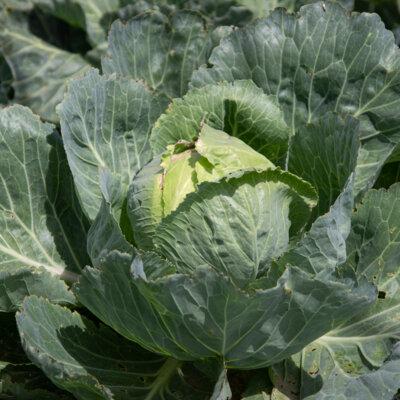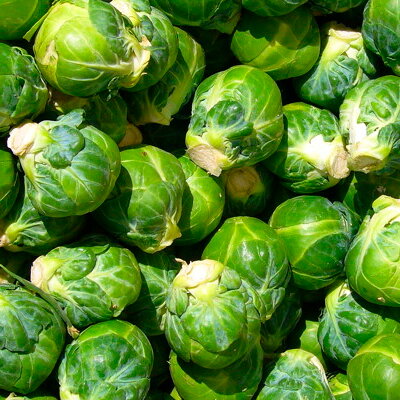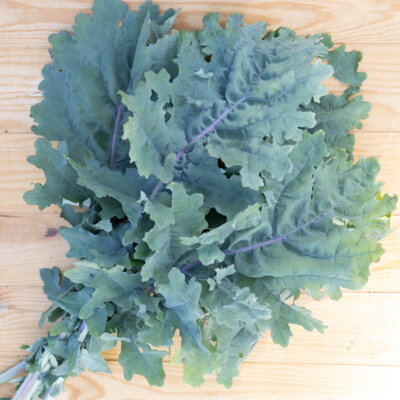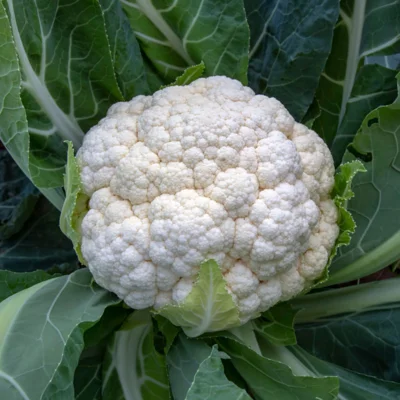Redstem Wormwood - Artemisia
This Traditional Chinese Medicine species produces highly branched stems and filiform leaves that are highly aromatic and rich in essential oils. The flowers form white-green panicles.
Mugwort, known as "Yin Chen Hao" in Chinese pharmacopoeia, is associated with the liver, stomach, spleen/pancreas and gall-bladder meridians. It promotes bile secretion and liver cell regeneration. The recommended daily dosage is 10 to 30 grams.
Find out more on the Kokopelli blog: "Artemisia: a grain of sand in the wheels of the pharmaceutical cartel".
These products may also be of interest to you
in bucket
Sow on the surface in pots or trays, under light cover. Press lightly and keep the seedling moist. Transplant seedlings into individual cups when they have 2 true leaves. Transplant into the ground when they have 5 to 6 leaves and the soil has warmed up.
It can be grown as an annual, biennial or perennial, depending on the ecosystem.
March, April, May
May, June, July, August, September
in the ground, in pot
sunny
low
all floor types
drained, light, reheated
Artemisia scoparia
mid-season
200 seeds
Green
From 60 to 100 cm
It is native to Eurasia, from France to Japan.
In the Chinese Pharmacopoeia, Artemisia scoparia is known as Yin Chen Hao. The oldest written source of its medicinal use is found in the second-century medical treatise "Shen Nong Ben Cao Jing". Artemisia scoparia is associated with the Liver, Stomach, Spleen/Pancreas and Gall Bladder meridians. It is one of the most ancient remedies for jaundice. It is used to treat cyrrhosis of the liver, viral hepatitis and cholcystitis, as well as dermatological problems (especially hand and foot fungus) and fevers. It promotes bile secretion and liver cell regeneration. The prescribed daily dosage is 10 to 30 grams, and it is traditionally used as an antioxidant and to treat cancer and malaria. It also has diuretic, antiseptic, vasodilatory, anti-hyperlipidemic, anti-hypertensive and anti-inflammatory qualities. It is also used to treat inflammation of the gall bladder and kidney pathologies. It has an anti-bacterial action against : Staphylococcus aureus, Streptococci, Bacillus dysenteriae, Bacillus typhi, Bacillus subtilis, Pneumococci, Corynebacterium diphtheriae, Mycobacterium tuberculosis, Pseudomona eaeruginosa and Diplococcus meningitidis. A recent study, published in 2017, highlights its resolutely anti-cancer qualities. A recent study, published in 2019 in Pakistan, highlights its medicinal use against leishmaniasis. It also has anti-obesity qualities and is biologically active against the insects Callosobruchus maculates and Sitophilus zeamais.















